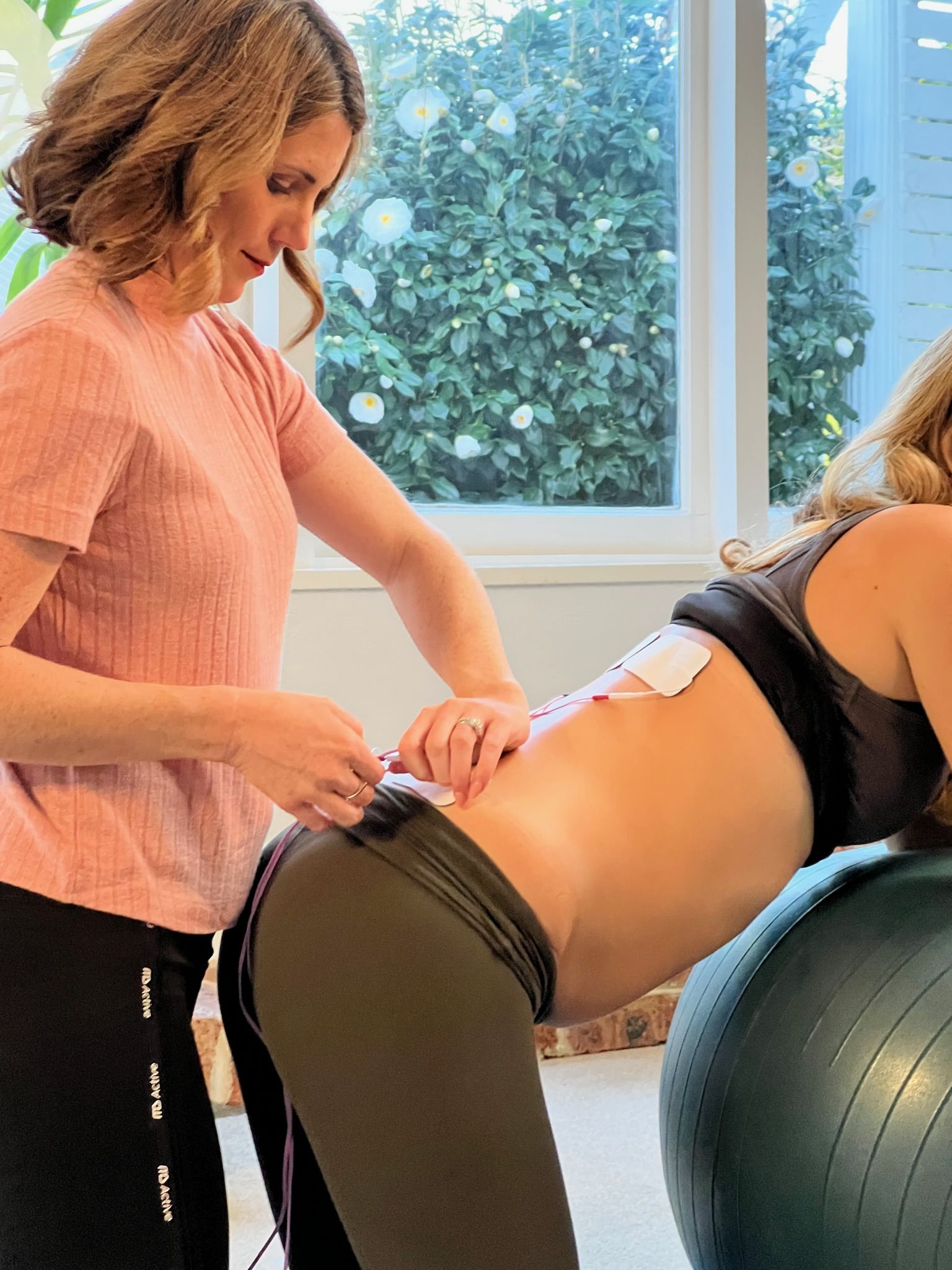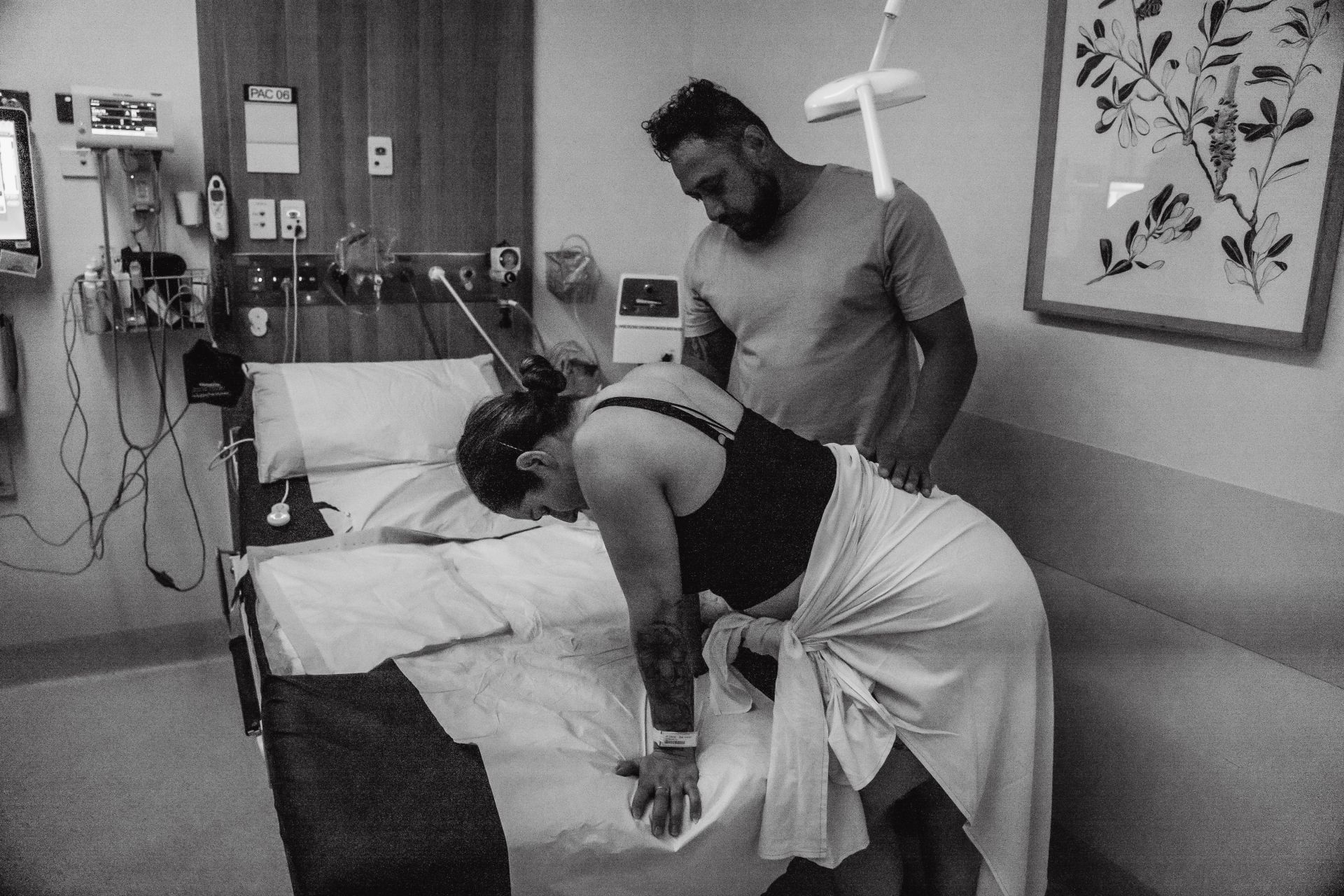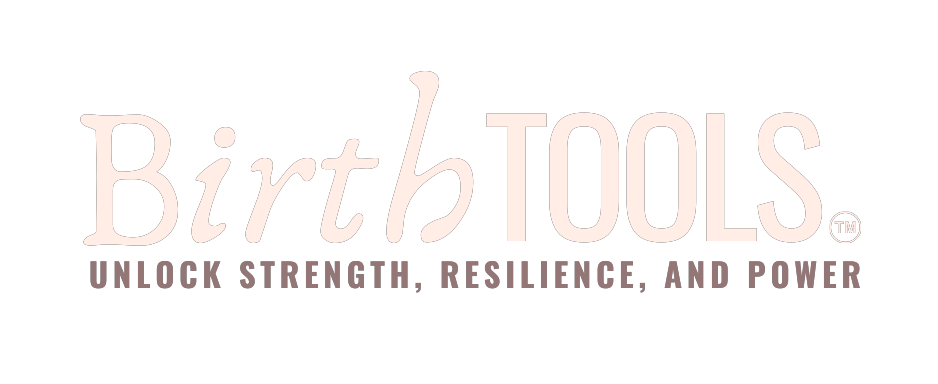Jan 5
/
Jade van Dijk
8 Proven Ways to Relieve Labour Pain (without an epidural)
Whether you are hoping to avoid an epidural because of your personal desire to experience birth like our ancestors, or simply because you want to avoid the risks and concerns that come with the medications in labour, then be assured it is possible! Follow along for our best tips on how you can prepare your mind, body and spirit to ride the waves of labour naturally!
We can't wait to share our tips with you.
We can't wait to share our tips with you.

1. Your Own Stress Strategies
"I don't know how I am going to feel during labour,"
Have you felt this way? If you haven't given birth before then you won't know what labour pain feels like. But did you know our coping mechanisms don't change. Pain is pain and so I'm sure you have stubbed your toe, cut your finger or maybe even broken a bone. Did you survive?
I'm guessing yes if you are reading this.
And you survived using your own coping responses. So that means you can use those strategies during your birth.
Think about what you do when you come home from a stressful day at work. Perhaps you have a big project due or you've had an argument with a friend. When you get home, what do you need from your partner or what do you do for yourself?
Maybe you respond to just a big hug? Do you need to talk it out? Or perhaps you just need some time to process on your own by walking or listening to music?
Once you know what kind of person you are, you can begin to explain to your birth support what you think is going to be really important to you in labour and then start from there.
I'm guessing yes if you are reading this.
And you survived using your own coping responses. So that means you can use those strategies during your birth.
Think about what you do when you come home from a stressful day at work. Perhaps you have a big project due or you've had an argument with a friend. When you get home, what do you need from your partner or what do you do for yourself?
Maybe you respond to just a big hug? Do you need to talk it out? Or perhaps you just need some time to process on your own by walking or listening to music?
Once you know what kind of person you are, you can begin to explain to your birth support what you think is going to be really important to you in labour and then start from there.
2. Frame the Pain
Although feeling negative and nervous about labour pain is completely normal... it doesn't exactly help, does it? Kinda like that public speaking event, being nervous and negative thoughts are as helpful. That's not to say that you should ignore thinking about your birth, or have an unbalanced view of the discomfort. When a baby is working their way through your pelvis, it takes a alot of hard work and mental energy to get there, but it is worth it.
So what do I mean by framing the pain. Well, the pains of labour are really different to the type of pain we experience when something is wrong. When you break your leg, it hurts right? It's broken, it's damaged, the pain is a reminder of what you now can't do and to stop doing it, so you can heal. Pain can be helpful but it's usually not welcome.
Birth pains, come in waves. Which means, you are getting a break. It's important to remember that actually you are RESTING more than you are having contractions, so actually majority of your labour is painless.
Interesting thought, isn't it?
If you have a 24 hour labour and your pains are on average a minute long and have a minimum five minute gap for at least 18 of those hours, then you are actually painless for a about 14 hours. Does that sound doable?
So what do I mean by framing the pain. Well, the pains of labour are really different to the type of pain we experience when something is wrong. When you break your leg, it hurts right? It's broken, it's damaged, the pain is a reminder of what you now can't do and to stop doing it, so you can heal. Pain can be helpful but it's usually not welcome.
Birth pains, come in waves. Which means, you are getting a break. It's important to remember that actually you are RESTING more than you are having contractions, so actually majority of your labour is painless.
Interesting thought, isn't it?
If you have a 24 hour labour and your pains are on average a minute long and have a minimum five minute gap for at least 18 of those hours, then you are actually painless for a about 14 hours. Does that sound doable?
3. Plan to labour at home for most of your labour
This may sound like a strange concept if you haven't done any birth education yet, but even the hospital would usually like you to labour at home for as long as you can. The idea, is that birth is very safe for most mothers and the longer you can stay out of hospital, the easier it is to avoid the cascade of intervention.
Firstly, women cope better, when supported well at home. There are less distractions, and less poking and prodding. Mentally a woman knows that her pain relief options at home are limited and so she naturally draws on her inner strength to move through her labour. Prioritising how you can stay at home and feel comfortable is one of your best tools to avoid an epidural.
One way you can combat this difficult task is to start chatting to experienced birth support like a doula ask them questions and see if having a doula support makes you more comfortable birthing at home for longer.
Women who engage a doula often labour at home longer because they feel safe and supported.
Firstly, women cope better, when supported well at home. There are less distractions, and less poking and prodding. Mentally a woman knows that her pain relief options at home are limited and so she naturally draws on her inner strength to move through her labour. Prioritising how you can stay at home and feel comfortable is one of your best tools to avoid an epidural.
One way you can combat this difficult task is to start chatting to experienced birth support like a doula ask them questions and see if having a doula support makes you more comfortable birthing at home for longer.
Women who engage a doula often labour at home longer because they feel safe and supported.
4. Think about getting a doula

You may have thought about the benefits of a doula already or perhaps you hadn't considered how they can help. The stats don't lie, birth doula's reduce epidural rates, change birth outcomes and women find they have better overall satisfaction from their birth experience.
The way a doula can compliment your natural birth plan is her ability to adapt and redirect you when you are experiencing a difficult bump in your labour (which is normal!)
They have creative ways to manage pain, calm your breath, and find ways to get you comfortable *hint* pillows are your best friend. Plus they come to your home where ideally most of your labour can happen (if you feel safe to do so).
Doula's are more than just hand holding and advocacy. They have supported many women to labour without pain relief and can be a great benefit to you and your partner.
Doula's are more than just hand holding and advocacy. They have supported many women to labour without pain relief and can be a great benefit to you and your partner.
5. Hire a TENS machine
A tens machine is a wonderful tool and easily accessible to hire or purchase. It can be safely used at home, on the way to hospital and while you are there too. A TENS machine is a small, battery-operated device that has leads connected to sticky pads called electrodes.
You attach the pads directly to your skin. When the machine is switched on, small electrical impulses are delivered to the affected area of your body, which you feel as a tingling sensation.
You attach the pads directly to your skin. When the machine is switched on, small electrical impulses are delivered to the affected area of your body, which you feel as a tingling sensation.

The electrical impulses can reduce the pain signals going to the spinal cord and brain, which may help relieve pain and relax muscles. They may also stimulate the production of endorphins, which are the body's natural painkillers.
Start using your tens machine when you start to feel the need to go to hospital. Using it earlier can be a waste of this tool.
6. Get a Birth Comb
What is a birth comb? Simply put, it's a comb especially made for labour or you can even use one in your bathroom vanity.
How do you use a birth comb in labour? During a contraction you squeeze it in your hand and it aids with a) focus and your breathe b) pushes on pain relieving accupressure points in the hands.
You can buy one from a local aussie mum, doula and photographer here
How do you use a birth comb in labour? During a contraction you squeeze it in your hand and it aids with a) focus and your breathe b) pushes on pain relieving accupressure points in the hands.
You can buy one from a local aussie mum, doula and photographer here
7. Use lots of Heat
Heat is your best pain relief strategy for any labour pain. Whether you have access to a bath or love a good hot shower then you are going to be alternating between using this and heat packs.
Heat should always be a priority in your birth partner's tool belt. Making sure to always try the shower or bath if you have been out of it for a little while and if you need to hop out, then they need to make sure you have a hot wheat pack ready to place on your front or back (or both).
Heat should always be a priority in your birth partner's tool belt. Making sure to always try the shower or bath if you have been out of it for a little while and if you need to hop out, then they need to make sure you have a hot wheat pack ready to place on your front or back (or both).

8. Try the Gas before the Epidural
Sometimes a mum gets to a point where she does need a little extra relief but is still unsure of the epidural, and that's ok! What birth partner's often forget is there is another really great option that doesn't carry all of the risk of an epidural.
The gas is a great tool that every hospital has access to. It's really quick and easy to set up and can usually be adjusted. The benefit of the gas is that a woman must take long, controlled breaths to get the effect and often an uncontrolled breath is what leads to feeling panic and pain in a mum.
Often just using the gas for a few minutes can relax you and get your mind back on track.
The gas is a great tool that every hospital has access to. It's really quick and easy to set up and can usually be adjusted. The benefit of the gas is that a woman must take long, controlled breaths to get the effect and often an uncontrolled breath is what leads to feeling panic and pain in a mum.
Often just using the gas for a few minutes can relax you and get your mind back on track.
So how are you feeling about giving birth naturally?
We know that it really is a mixture of emotions. We also know that the more prepared you are and the knowledge you have in your tool belt will make the birthing experience calm and in control.
So if you would like to arm yourself with the best tools for your birth experience... do your self a favour and join the mums who have owned their birth story for only $90.
So if you would like to arm yourself with the best tools for your birth experience... do your self a favour and join the mums who have owned their birth story for only $90.
Quick links
Follow us
-
Facebook
-
Instagram
Get in touch with us
Email us
birthtools@outlook.com
Call us
+61452614202

